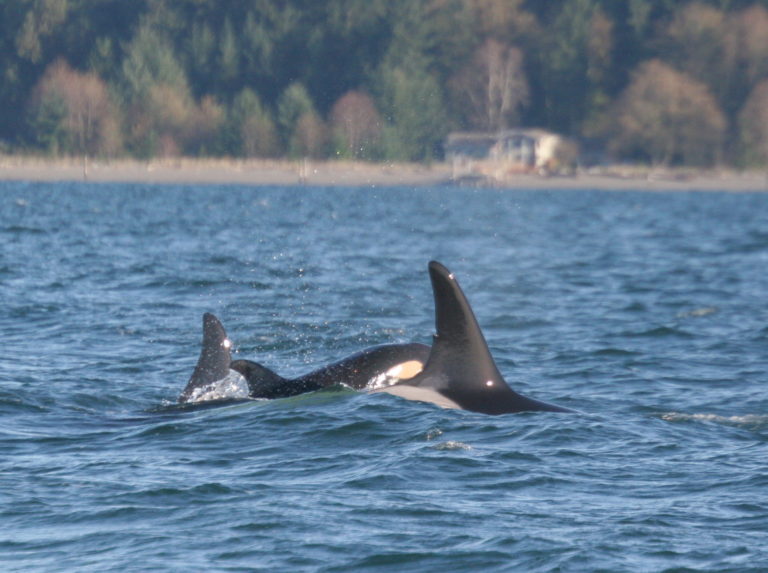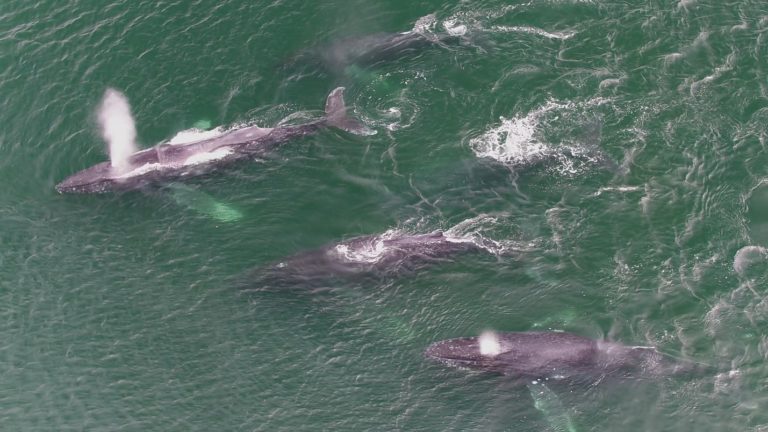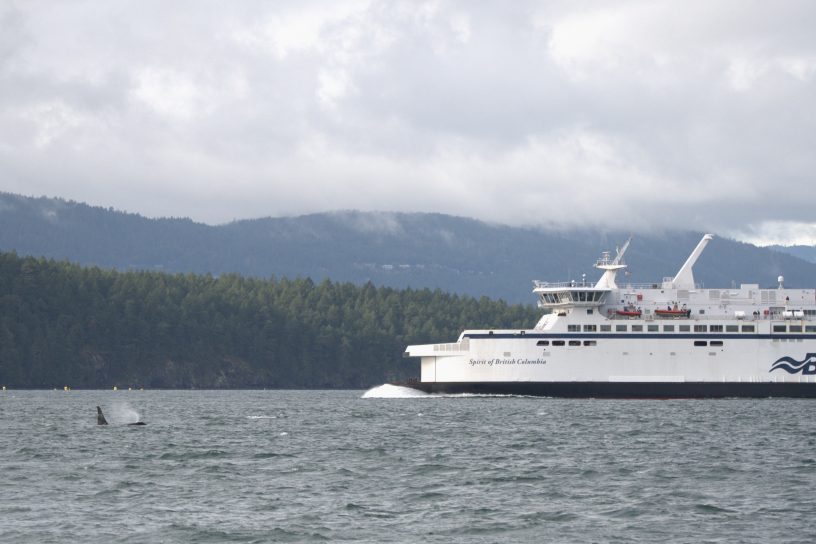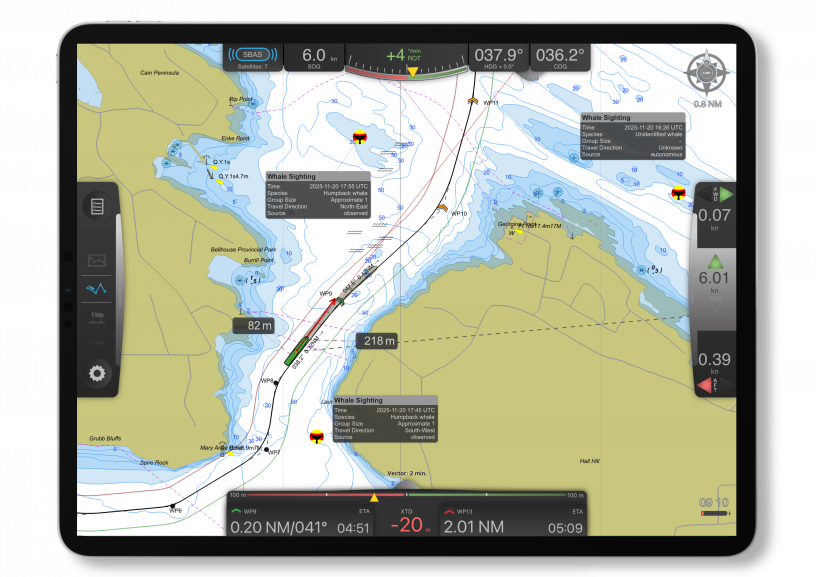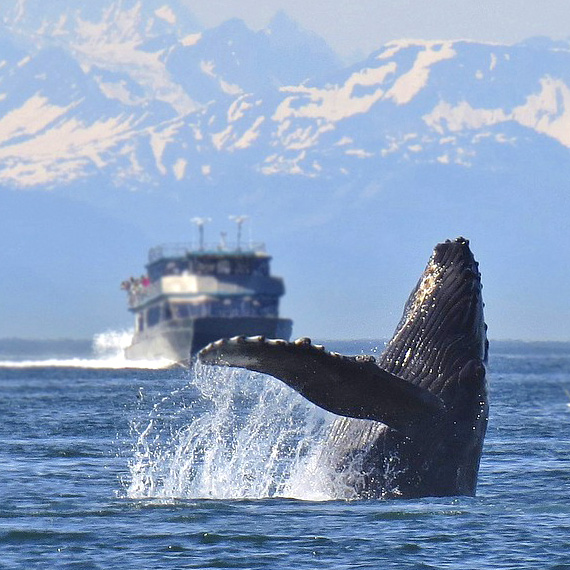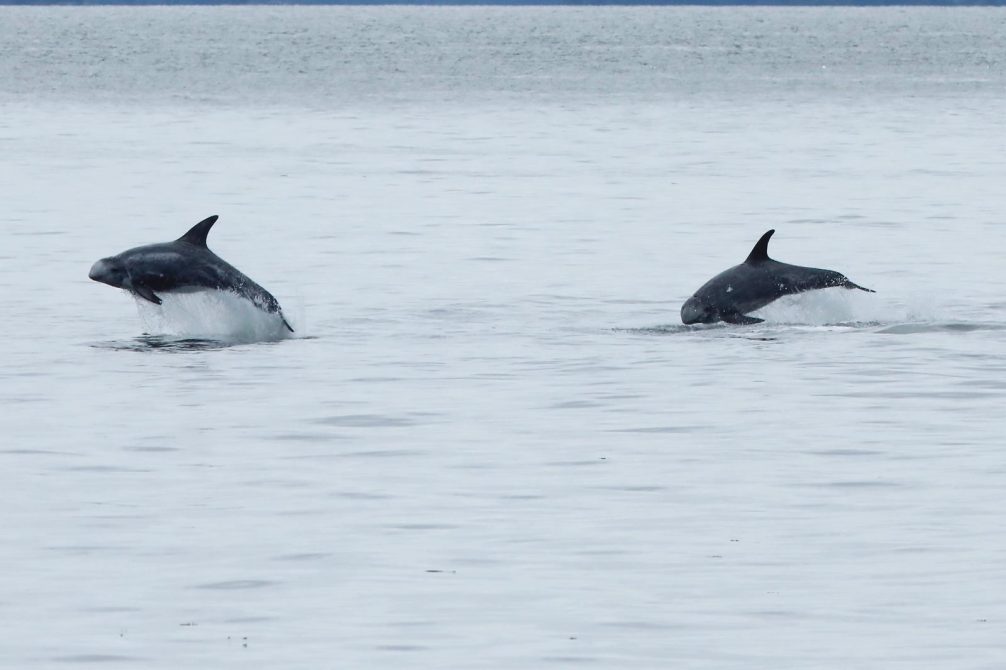
My Whale Report News – May 2024
Photos of the month:
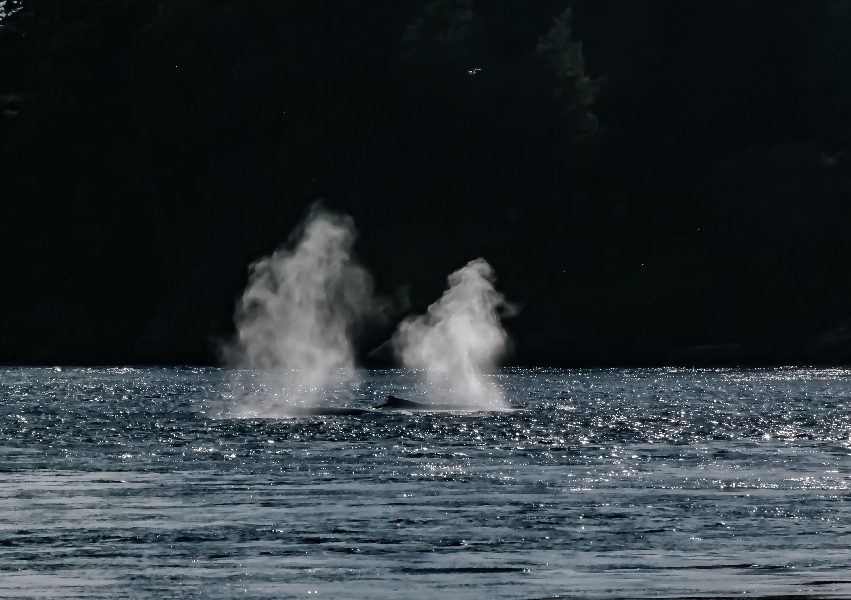
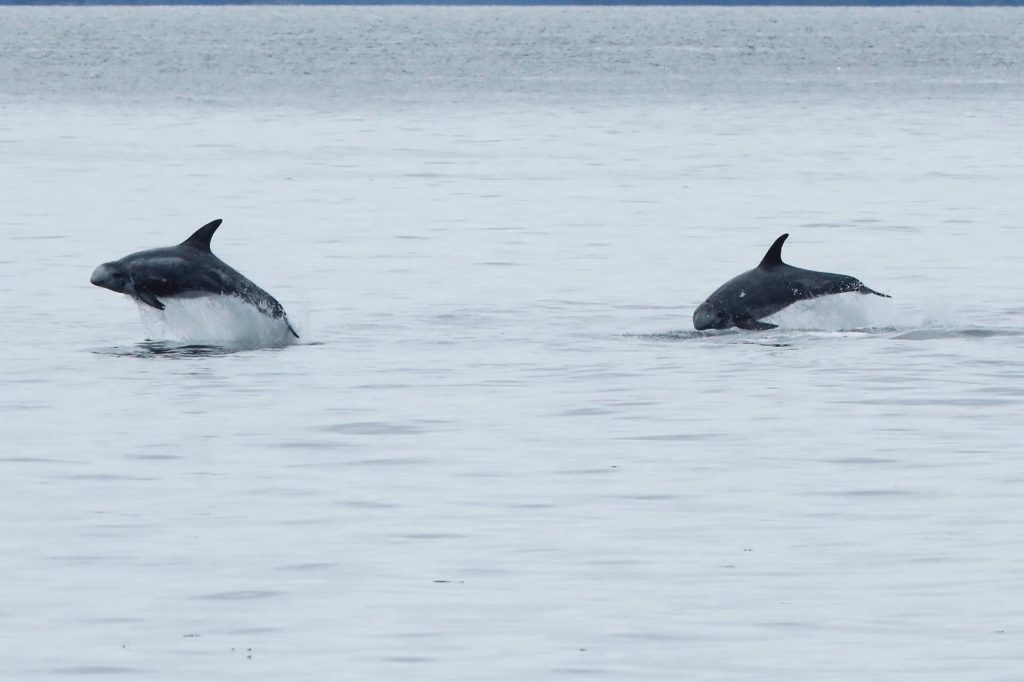
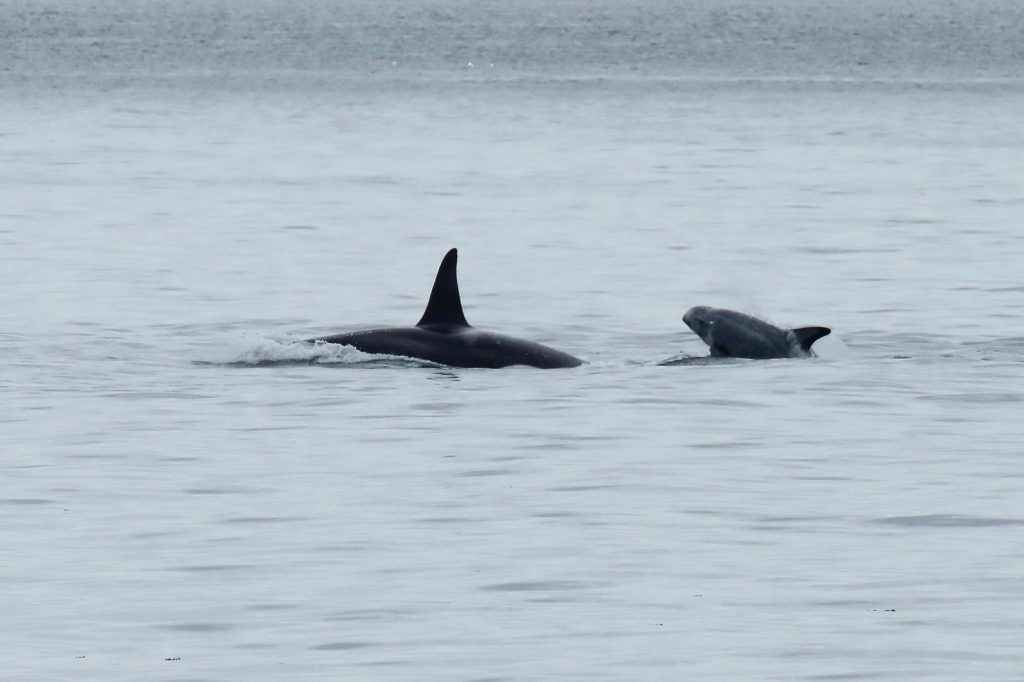
Left to right, photo credit: Tom Wilson, Humpback Whales; Doug Davis, Risso’s Dolphins



YOUR SIGHTING REPORTS HAVE A BIG IMPACT!
Thank you for taking the time to report your sightings! Sighting reports from citizen scientists like yourself are critical for monitoring and protecting at-risk cetaceans (whales, dolphins, and porpoises) and sea turtles in our waters.
Frequently monitoring the distribution and abundance of cetaceans and sea turtles is key to understanding their population status and the threats they face. However, the vast and remote nature of our coastline can make frequent assessment of these populations via traditional scientific surveys challenging. As a solution, Ocean Wise stewards the Ocean Wise Sightings Network (OWSN), a diverse and dedicated network of coastal community members who
regularly report their sightings to WhaleReport in support of conservation-based research.
The OWSN database is the primary source of information on the occurrence of cetaceans in British Columbia. Since 1999, subsets of this database have supported hundreds of conservation-based research projects.
YOUR REAL TIME REPORTS PROTECT WHALES!
12 of the 23 species of cetaceans (whales, dolphins, and porpoises) found in British Columbia are currently listed as ‘At Risk’ under Canada’s Species at Risk Act. Vessel strike and disturbance are listed as major threats to the recovery of all 12 listed species.
Cetaceans can be struck and fatally injured by ships. Studies have demonstrated that the probability of striking cetaceans increases with ship speed. Ships traveling below 10 knots have a low risk of striking and fatally injuring a cetacean, whereas travelling at greater than 17.5 knots greatly increases that risk. Reducing speed in the presence of cetaceans allows more time for the animal to avoid the oncoming vessel and for the vessel to adjust its course.
Cetaceans are also affected by vessel presence and noise. Vessels may disturb or alter activities essential to survival, such as foraging, diving, resting, avoiding predators, communicating, socializing, mating, and nursing calves. Vessel noise can generally be decreased by operating below cavitation inception speed and avoiding rapid acceleration, as well as keeping a distance of 200m or more from cetaceans (400m or more for killer
whales!).
The WRAS helps large ships mitigate their impact on vulnerable cetacean populations by increasing awareness of whale presence and giving them time to enact mitigation measures such as slowing down or diverting course.

This project was partially funded by the Government of Canada under Fisheries and Oceans Canada’s Habitat Stewardship Program.
Ce projet a été partiellement financé par le gouvernement du Canada dans le cadre du Programme de conservation des habitats de Pêches et Océans Canada
Posted August 7, 2024 by Rosemary Newton


